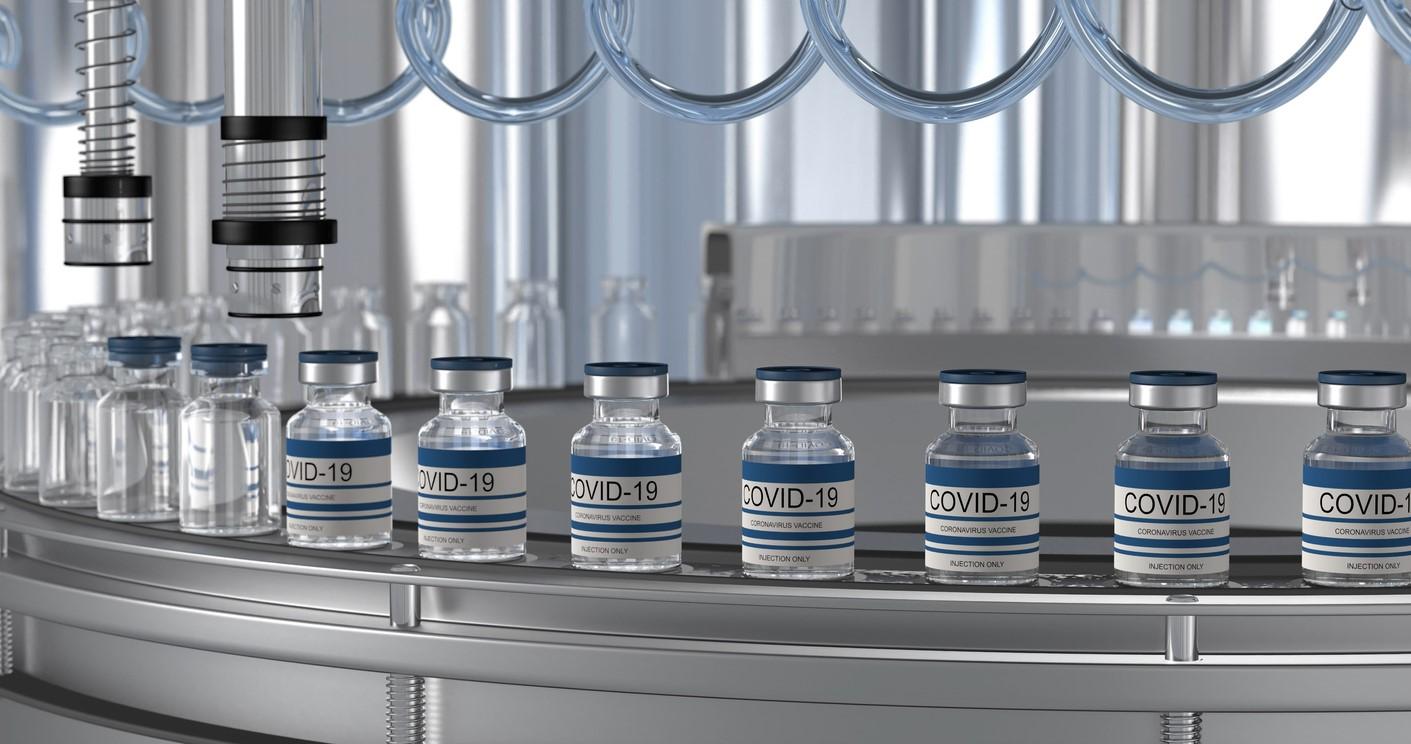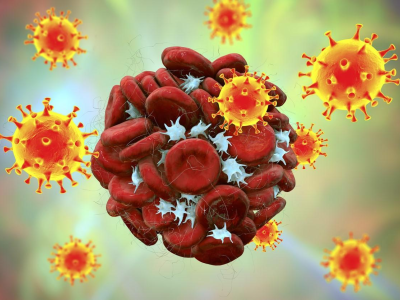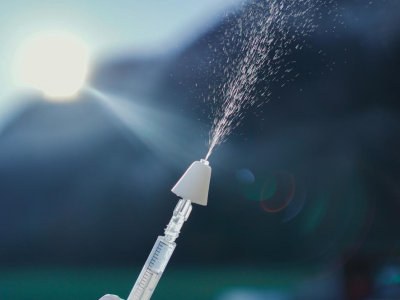Two studies published today measure the vaccine effectiveness (VE) of COVID-19 vaccines against laboratory-confirmed Omicron variant and subvariants and symptomatic disease. Vaccines that target the newer variants performed well, but primary vaccines offered rapidly waning protection from SARS-CoV-2 infections in the post-Omicron era.
Bivalent vaccine 72% protective against Omicron infection
In Open Forum Infectious Diseases, researchers share their case-control study, which measured the effectiveness of bivalent (two-strain) COVID-19 mRNA vaccines against symptomatic infection during the BA.5-dominant period in Japan—September 20 through December 31, 2022. This is one of the first studies to measure VE of newer BA.4/BA.5-containing bivalent vaccines, which were developed in 2022 to target highly transmissible Omicron subvariants.
The study included 6,191 subjects seen at 10 medical centers in the Kanto region of Japan, including Tokyo. A total of 3,498 positive COVID-19 cases were identified, and BA.5 was estimated to be responsible for 75% to 100% of SARS-CoV-2 infections documented in the study.
The VE of bivalent vaccine (regardless of which subvariant the vaccine targeted) was 72% (95% confidence interval [CI], 61% to 80%) against Omicron infection. When broken down by subvariant targeted in the bivalent vaccine, the VE of BA.1-containing bivalent vaccine was 65% (95% CI, 47% to 77%) and the VE of BA.4/BA.5-containing bivalent vaccine was 76% (95% CI, 65% to 83%).
The authors also compared the VE of bivalent vaccines against monovalent vaccines administered 3 to 6 months prior. They found the VE of bivalent vaccine (regardless of subvariant targeted) versus monovalent vaccines post-3 to 6 months was 35% (95% CI, 15% to 51%), while VE comparing bivalent vaccine versus monovalent vaccines post-6 months was 46% (95% CI, 30% to 58%).
However, the bivalent vaccines were not as effective against the Omicron subvariants as the original, monovalent vaccines were against the ancestral strain (Alpha) and Delta variants (85% to 95%), the authors noted.
"This is in line with immune imprinting against the ancestral strain as suggested in other studies," the authors concluded.
Effect of original vaccines wanes quickly against Omicron
In a second study in JAMA Network Open, authors conducted a meta-analysis of 40 studies to determine the VE of a primary vaccination cycle—involving the monovalent (one-strain) vaccine—against both laboratory-confirmed Omicron infection and symptomatic disease.
The authors found evidence that VE waned quickly and significantly. Pooled estimates of VE of a primary vaccination cycle against laboratory-confirmed Omicron infection and symptomatic disease were both lower than 20% at 6 months from the last dose.
The type of vaccine used for the primary series mattered, however, with higher VE found at 1 month from the second dose administration for mRNA-1273 (Moderna) (61.9%; 95% CI, 46.8% to 76.9%) and BNT162b2 (Pfizer-BioNTech) (59.3%; 95% CI, 54.3% to 64.4%) compared with ChAdOx1 nCoV-19 (AstraZeneca) (45.9%; 95% CI, 38.0% to 54.1%) and CoronaVac (Sinovac) (32.4%; 95% CI, 23.7% to 36.8%).
In comparison, pooled estimates show that VE against symptomatic disease caused by the Delta variant was 79.6% (95% CI, 72.1% to 87.2%) at 1 month after completion of the primary vaccination cycle.
Similar waning rates of VE were found for different age segments of the population.
Booster doses of vaccines temporarily raised VE against Omicron, but by 9 months after booster administration, VE was once again lower than 30 to 20% against laboratory-confirmed infection and symptomatic disease.
"The half-life of VE against symptomatic infection was estimated to be 87 days (95% CI, 67 to 129 days) for Omicron compared with 316 days (95% CI, 240 to 470 days) for Delta. Similar waning rates of VE were found for different age segments of the population," the authors said.



















